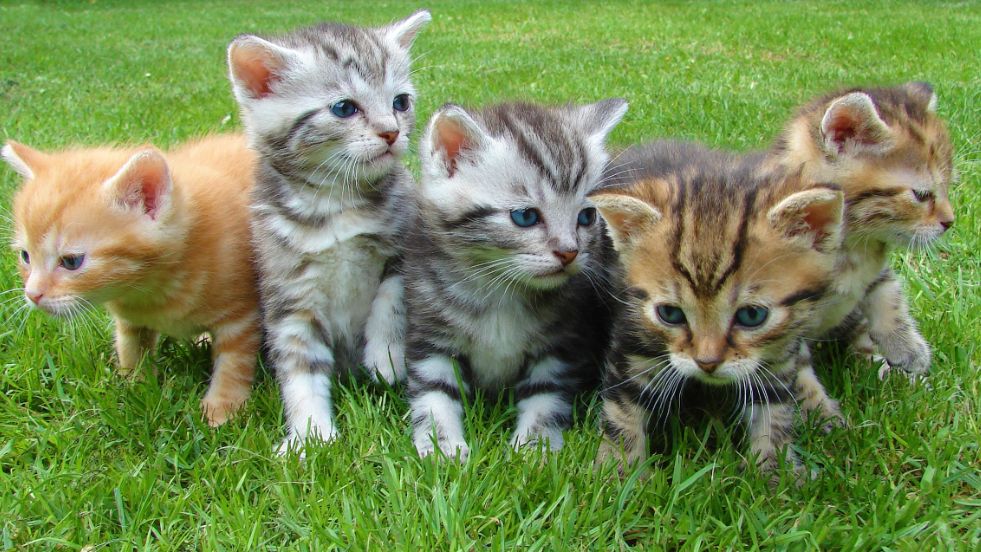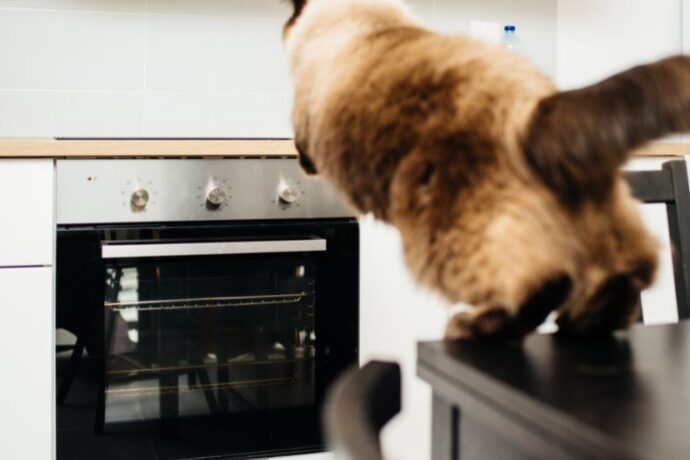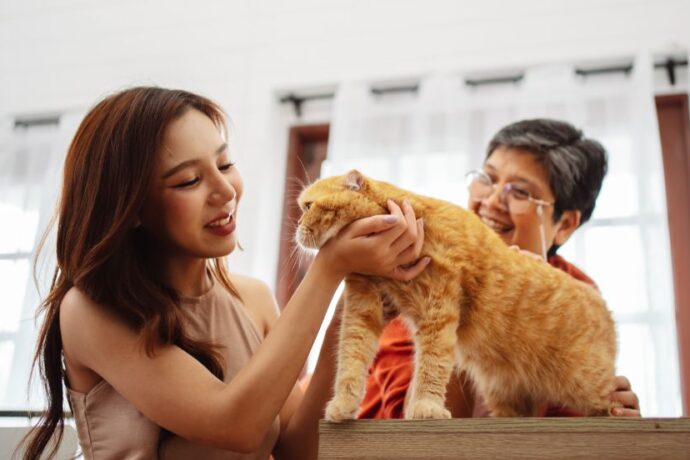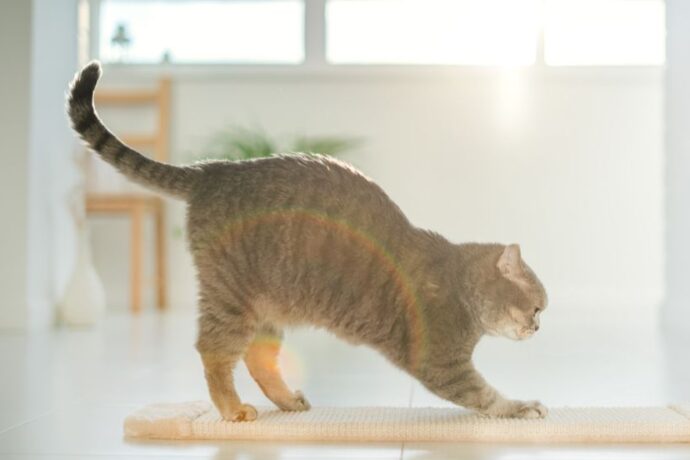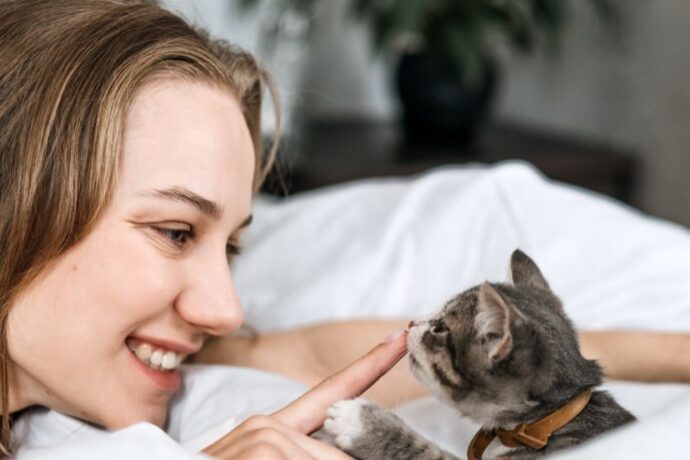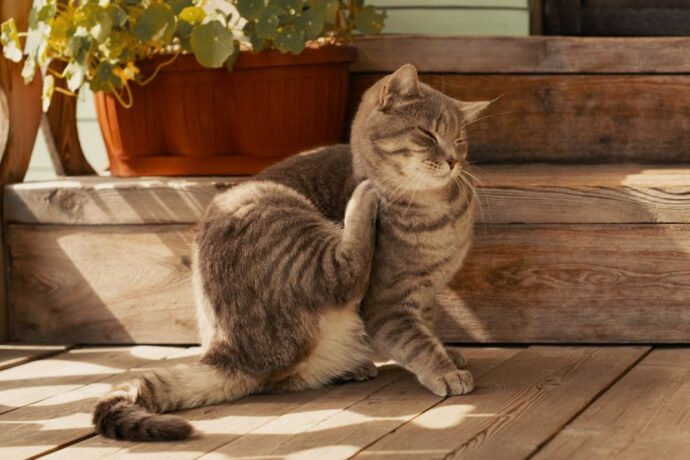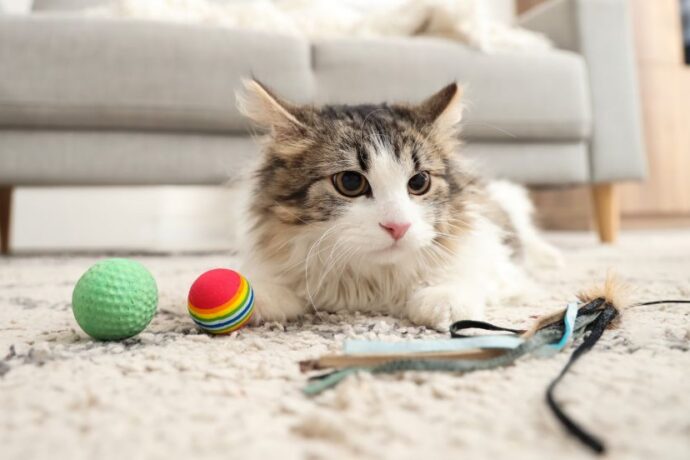Cats are fascinating companions—sometimes aloof, sometimes affectionate, often unpredictable. Every cat parent has wondered at least once: What is my cat thinking? From the way they stare out of the window for hours to their sudden midnight zoomies, cats seem to operate on a wavelength that isn’t always easy for humans to tune into.
While we may never fully decode every twitch of the tail or blink of the eye, modern studies in animal behavior, neuroscience, and psychology have given us powerful insights into how cats perceive the world, what motivates them, and how they communicate with us.
The Science of Cat Cognition: What Studies Tell Us
Over the last decade, researchers have made great strides in understanding feline cognition. Studies published in journals like Animal Cognition and Behavioural Processes reveal that cats (1) are far from the aloof creatures they’re sometimes portrayed as.
Cats Recognize Their Owners: A 2013 study from the University of Tokyo showed that cats can recognize their humans’ voice and often choose to respond selectively (which explains why they might ignore us sometimes—they’re just exercising free will!) (2).
Emotional Awareness: Research from Oakland University found that cats can distinguish between positive and negative human facial expressions, particularly smiles versus frowns (3). They may not always comfort us like dogs, but they do notice when we’re upset.
Memory and Learning: Cats are capable of both short- and long-term memory. They can remember where food is hidden or which places are safe. Some studies suggest they can even solve puzzles when motivated by rewards.
These findings underline a crucial point: cats are not unfeeling or distant—they simply process the world differently than we do.
Signs That Reveal What Your Cat Might Be Thinking
1. The Slow Blink of Love
If your cat looks at you and slowly blinks, congratulations—you’re receiving one of the ultimate signs of trust. Behaviorists call this the “cat kiss.” It’s a sign that your cat feels safe and content around you.
2. Tail Talk
A cat’s tail is like an emotional antenna. A tail held high usually signals confidence and happiness, while a puffed-up tail means fear or aggression. A tail wrapped around your leg? That’s affection.
3. The Purr Puzzle
Most people assume cats purr only when they’re happy, but the truth is more complex. Cats also purr when stressed, injured, or seeking comfort. Some scientists suggest that purring may even have healing properties, as its vibrations fall within frequencies known to promote tissue regeneration.
4. The Stare Game
When your cat sits across the room and stares, it can feel unsettling. In reality, cats often use staring as a way to observe their environment and communicate silently. If the stare is soft, it’s curiosity or affection. A hard, unblinking stare, on the other hand, can be a sign of dominance.
5. Zoomies and Playfulness
The sudden bursts of energy (known as “zoomies”) aren’t random madness. Cats are natural hunters, and these episodes mimic the chase-and-pounce behavior they would use in the wild. It’s their way of releasing pent-up energy, especially if they’ve been indoors all day.
What Shapes a Cat’s Thinking?
Your cat’s behavior and “thought process” are shaped by several factors:
- Instinct: Hunting, scratching, climbing, and territorial marking are deeply rooted instincts.
- Socialization: Cats raised around humans and other animals from an early age are usually more open and affectionate.
- Environment: A stimulating environment with toys, scratching posts, and safe hiding spots can influence a cat’s emotional well-being.
- Health: Pain, illness, or stress can drastically change how your cat acts, often making them withdrawn or aggressive.
FAQ’s Frequiently Asked Questions
1. Do cats actually love their owners, or do they just see us as food providers?
A. Cats do form genuine emotional bonds with their humans. A study in Current Biology (2019) showed that cats display attachment styles similar to infants, seeking comfort and security from their caregivers—not just food.
2. Why does my cat bring me “gifts” like dead insects or toys?
A. This behavior is rooted in instinct. In the wild, cats bring prey to their kittens to teach them how to hunt. Your cat may see you as part of its family and is “sharing” its catch or teaching you how to hunt.
3. Can I really understand what my cat is feeling through body language alone?
A. Yes, but with limits. While tail movements, ear positions, and vocalizations give strong clues, every cat has its unique personality. Observation over time is the best way to decode your cat’s personal “language.”
Conclusion: Tuning Into the Feline Mind
While we can’t literally read our cats’ minds, science and close observation bring us remarkably close. Cats think in ways shaped by instinct, environment, and experience, and they communicate far more than we often realize. By paying attention to their subtle cues—the flick of a tail, a slow blink, or the rhythm of a purr—we deepen our bond with them. Understanding what your cat is thinking isn’t just about curiosity; it’s about respect, empathy, and building a relationship rooted in trust.
References:

